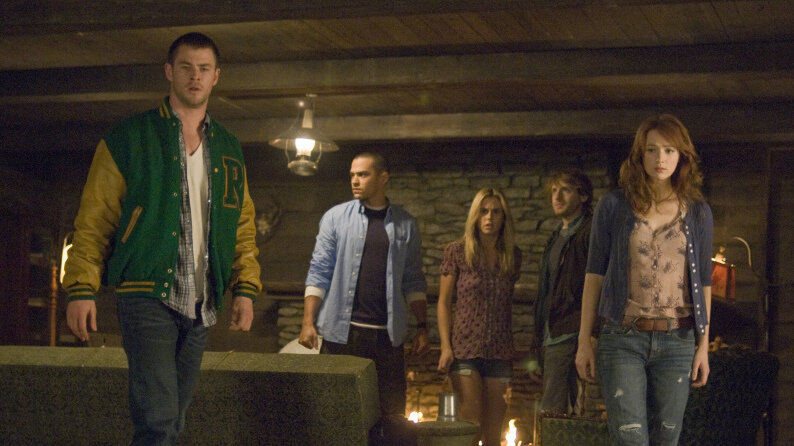
A Love Letter to Horror Why The Cabin in the Woods is a Masterpiece of Meta-Filmmaking
When it comes to the realm of horror films, many titles emerge as iconic, but few manage to transcend their genre quite like "The Cabin in the Woods." This film not only serves up chills and thrills but also engages in a sophisticated dialogue about horror as a genre. Directed by Drew Goddard and co-written by Joss Whedon, "The Cabin in the Woods" cleverly subverts clichés while paying homage to the traditional tropes that have shaped horror filmmaking for decades. Through its unique narrative structure and self-referential storytelling, the film stands as a remarkable example of meta-filmmaking, allowing audiences to not only witness a horror story unfold but also to reflect on the very nature of fear itself.
The Premise and Its Genius
The film follows a group of friends who embark on a weekend getaway to a remote cabin, a setting familiar to horror aficionados. However, as the story progresses, it becomes clear that there's something much more sinister at play behind the scenes. The Cabin in the Woods crafts an intricate backdrop where the characters are unwitting participants in a larger, orchestrated ritual meant to appease ancient gods. This dual narrative of the hapless characters discovering their predicament while the puppet masters pull the strings allows the film to critique and celebrate the genre simultaneously. It dismantles the comforting safety blanket of horror by reminding viewers that their favorite tropes are merely tools of a bigger narrative.
A Commentary on Horror Tropes
The brilliance of "The Cabin in the Woods" lies in its self-awareness. With sharp humor and a healthy dose of irony, the film brings the audience's attention to the archetypes and norms of the horror genre: the jock, the whore, the nerd, and the final girl. Each character is crafted to fulfill their predetermined role, only to find that they are part of a game controlled by unseen forces. This satirical twist challenges viewers to reconsider what makes horror horror and poses the question: are we simply complicit spectators or active participants in their demise? The film dives deep into themes of exploitation, audience expectations, and the very essence of entertainment, making it a rich tapestry of reflection that invites repeated viewings.
The Power of the Meta-Narrative
In addition to its clever commentary, "The Cabin in the Woods" utilizes its meta-narrative to engage with audiences in a provocative way. By breaking the fourth wall, it invites viewers to question their relationship with horror media. The presence of the 'Control Room' characters, who orchestrate the terrors faced by the unsuspecting group, acts as a stand-in for the filmmakers, showcasing how narratives are constructed with the viewer's engagement in mind. This dynamic serves not only to entertain but also to provoke discussions on ethics in storytelling and the responsibility of filmmakers in depicting violence and horror. The self-reflexivity embedded in the story adds layers of meaning that keep audiences coming back for more.
Merch Merchandise: Celebrating the Film
In conclusion, "The Cabin in the Woods" is not simply a horror film; it is an intelligent exploration of the genre that holds a mirror to both the creators and the audience. As a masterclass in meta-filmmaking, it enriches the viewer's experience and reminds us that, in horror, there is always more than meets the eye. Whether you're a long-time fan or a casual viewer, the film's legacy is cemented in its ability to provoke thought, entertain, and, above all, re-imagine what horror can be.
.png)








